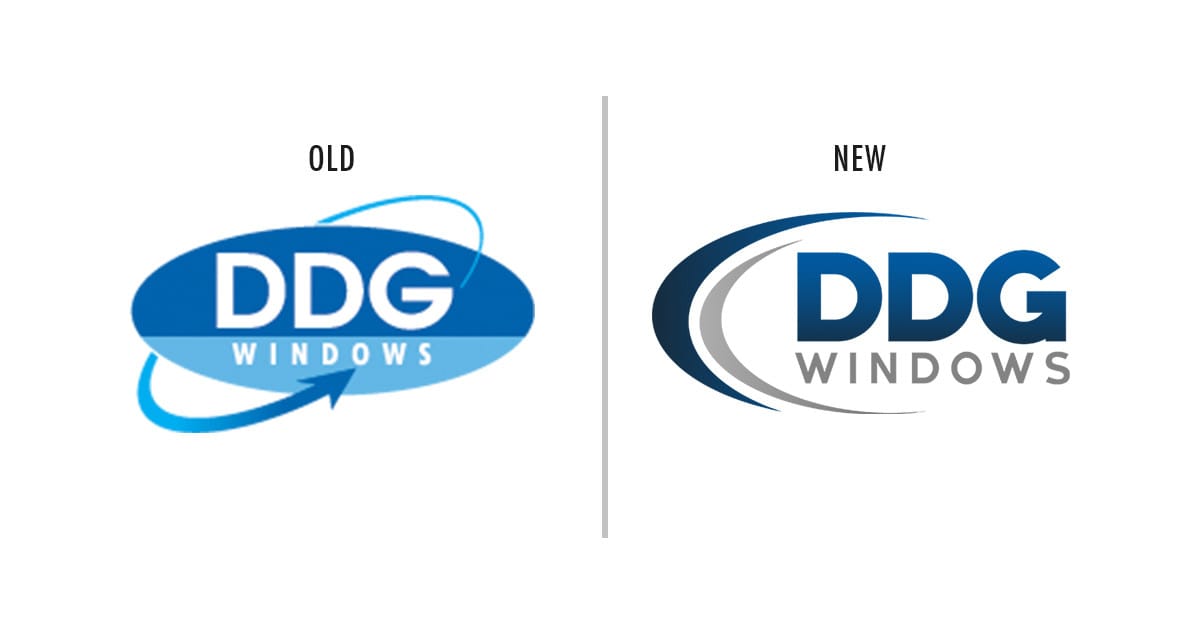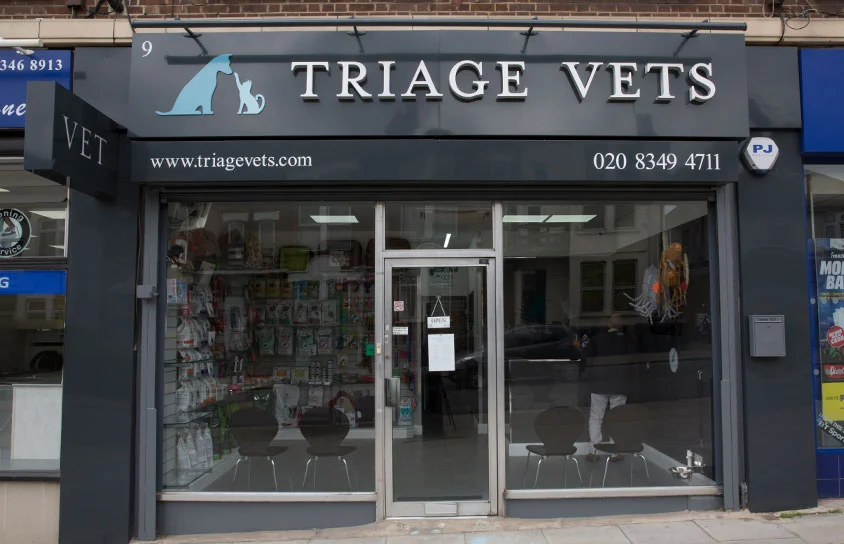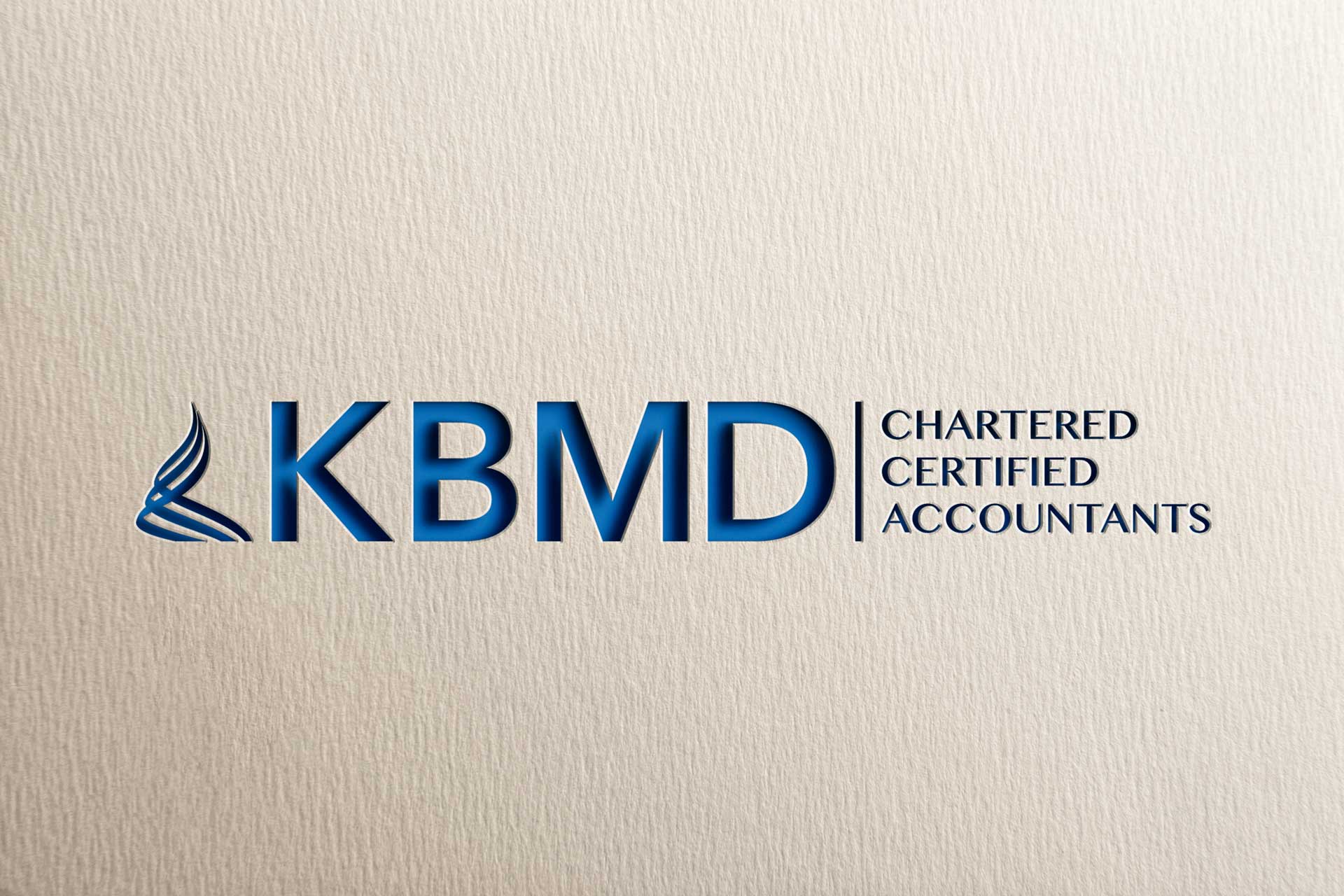Rebranding: When and Why Your Business Needs a Strategic Makeover
Rebranding is more than just changing your logo or tweaking your tagline—it’s a complete refresh that benefits businesses with its evolving goals, values, and market trends. When done thoughtfully, rebranding can inject new energy into your business and help it thrive in a competitive landscape. But how do you know when it’s time for a rebrand? And why is it worth the investment? This guide will explore the signs your business may need a rebrand and explain why it can be a transformative process.

When Does Your Business Need a Rebrand?
- Your Brand Feels Outdated
If your logo, website, or marketing materials are a throwback to another era, it’s time for a modern update. Design trends evolve, and consumers expect brands to keep pace. Rebranding with a fresh and contemporary look shows your audience that your business is adaptable and forward-thinking.
- Your Business Has Evolved
Businesses grow and change, and your brand needs to reflect those developments. Whether you’ve expanded your services, shifted your target audience, or moved from a local to a global scale, a rebrand can help communicate your current identity and aspirations.
- You’re Facing Increased Competition
In a crowded market, standing out is critical. If your brand no longer distinguishes you from competitors, rebranding can highlight your unique selling points and reaffirm your value to customers.
- Your Audience Has Changed
Demographics and customer preferences shift over time. If your branding doesn’t resonate with your target audience, it may be time to realign your message and visuals to better connect with their values and needs.
- Mergers, Acquisitions, or Expansions
Rebranding becomes essential when two companies merge, or your business expands into new markets. A unified brand identity ensures consistency and communicates the evolution of your business to stakeholders and customers.
- Negative Perceptions or PR Issues
Sometimes, a brand becomes associated with unfavourable perceptions due to bad publicity or outdated practices. A rebrand lets you start fresh and rebuild trust with a new, positive identity.
- Your Brand Doesn’t Reflect Your Values
Modern consumers expect brands to champion authentic values. A rebrand can align your visual identity and message with your core principles if your branding doesn’t communicate your mission or the causes you support.


Why Rebranding Can Be Transformative
Rebranding offers a unique chance to reconnect with your target audience by profoundly understanding their preferences and values. By refreshing your brand identity to speak directly to their needs, you foster loyalty and trust, building a stronger emotional connection that resonates over time.
A well-planned rebrand can elevate your market positioning, allowing your business to stand out and showcase its competitive advantages. This is especially crucial in crowded markets where differentiation can make all the difference.
Beyond external benefits, rebranding can boost employee morale and improve recruitment efforts. A strong, modern brand instils pride in your workforce, energising them and attracting top talent who align with your company’s renewed vision and goals.
Rebranding is also a powerful way to signal growth and innovation. It communicates that your business is evolving, ready to embrace new challenges, and continuously improving to meet the demands of a changing market. This message resonates with customers, partners, and competitors alike.
Finally, consistent and modern branding enhances brand recognition across all platforms. A cohesive, memorable brand identity makes it easier for customers to identify your business, engage with it, and recommend it to others, ultimately building trust and long-term loyalty.

To approach rebranding effectively, follow these key steps:
Conduct a Brand Audit: Start by assessing your current branding to identify what works and needs improvement. Analyse customer perceptions, study market trends, and evaluate your competitors to uncover opportunities for enhancing your brand.
Define Your Goals: Clearly outline the reasons behind your decision to rebrand. Whether you aim to attract a new audience, reposition your business in the market, or repair a tarnished image, your goals will serve as the foundation of your strategy.
Understand Your Audience: Conduct thorough market research to learn your target audience’s values, preferences, and challenges. These insights are essential for developing a brand identity that truly resonates with your customers.
Collaborate with Experts: Partner with skilled professionals such as designers, marketers, and brand strategists. Their expertise ensures your rebrand is visually compelling, strategically aligned, and cohesive across all platforms.
Test and Launch Strategically: Before fully implementing your new branding, test it with focus groups or loyal customers to gather valuable feedback. Once finalised, roll out your rebrand with a comprehensive launch plan to build excitement and ensure a seamless transition.
FAQ: Common Questions About Rebranding
- What is rebranding, and why is it important?
Rebranding involves updating your business’s visual identity, messaging, or both to better align with its goals, audience, or market trends. It’s essential for staying relevant, competitive, and connected to your customers.
- How often should a business rebrand?
There’s no set timeline, but businesses typically consider rebranding every 7–10 years. Significant changes in your business, audience, or industry may also signal the need for a rebrand sooner.
- How much does rebranding cost?
Costs vary depending on the scope, but rebranding is an investment. Expenses may include logo design, website updates, marketing materials, and consulting fees. Partnering with professionals ensures a strong return on investment.
- What are the risks of rebranding?
If not executed properly, rebranding can confuse or alienate loyal customers. Clear communication and gradual implementation can help mitigate these risks.
- Can small businesses benefit from rebranding?
Absolutely. A thoughtful rebrand can help small businesses stand out, attract new customers, and build a more substantial market presence.
Rebranding benefits for Businesses
Rebranding is not just about aesthetics—it’s about aligning your business with its vision, audience, and market demands. Whether tackling an outdated design, evolving your offerings, or addressing negative perceptions, a strategic rebrand can bring new life into your business. By carefully assessing your current brand, setting clear goals, and collaborating with experts, you can create a brand identity that inspires trust, loyalty, and growth.
Are you considering rebranding your business? Start your journey today and discover the transformative power of a fresh perspective.
